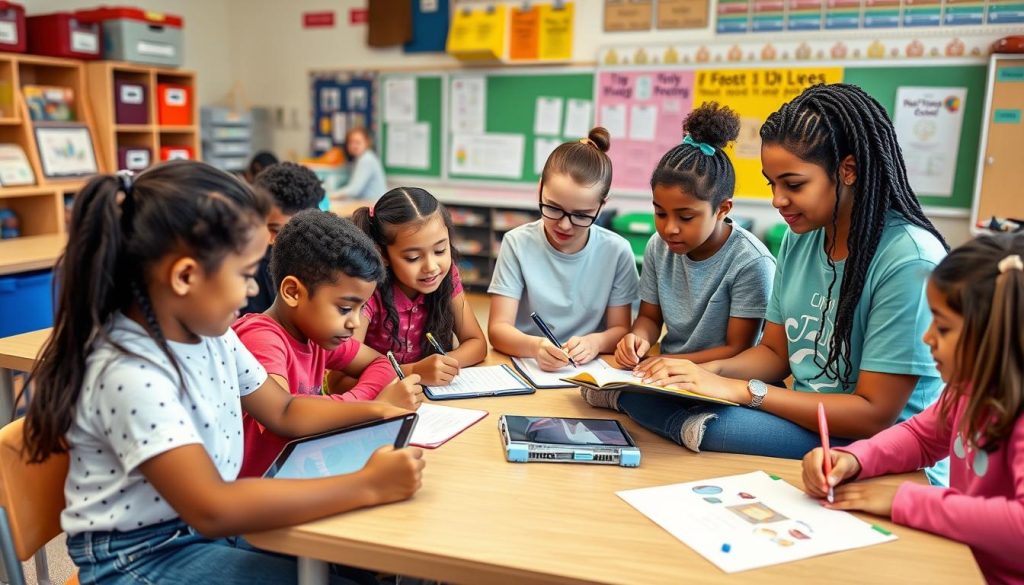This guide explores five powerful lesson planning tools specifically designed to support diverse learners in K-12 classrooms. Each tool offers unique features that can help you create more inclusive, engaging, and effective learning experiences for all students, regardless of their individual needs or learning preferences.
Tool 1: UDL Planning Tool for Diverse Learners
Universal Design for Learning (UDL) provides a framework for creating flexible learning environments that accommodate individual learning differences. The UDL Planning Tool helps educators implement these principles effectively when working with diverse learners.
This comprehensive planning tool guides you through creating lessons that provide multiple means of engagement, representation, and action/expression – the three core principles of UDL. By addressing these areas, you can remove barriers that might prevent diverse learners from accessing and engaging with your curriculum.
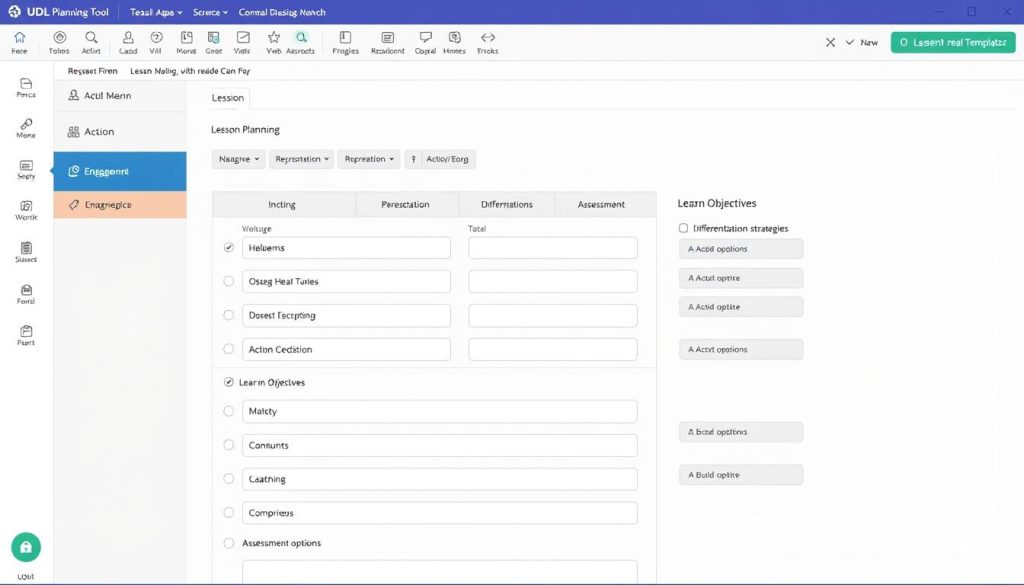
Key Features:
- Customizable templates for different subject areas and grade levels
- Built-in prompts for addressing diverse learning needs
- Options for multiple assessment types to demonstrate learning
- Resource library with differentiation strategies for diverse learners
- Collaboration features for team teaching and professional learning communities
The UDL Planning Tool is particularly effective for classrooms with wide-ranging abilities and learning preferences. By prompting you to consider multiple pathways to learning, it ensures that your lessons are accessible to all students, including those with learning disabilities, English language learners, and gifted students.
Enhance Your UDL Implementation
Learn more about applying UDL principles effectively in your classroom through our comprehensive differentiation course.
Tool 2: Learning Style Analyzer for Diverse Learners
Understanding how your diverse learners process information is crucial for effective differentiation. The Learning Style Analyzer helps you identify your students’ preferred learning modalities and provides customized strategies to address these preferences in your lesson planning.
This tool goes beyond simple visual, auditory, and kinesthetic categorizations to provide nuanced insights into how different students learn best. By incorporating these insights into your planning, you can create lessons that engage all learners and provide multiple pathways to understanding.
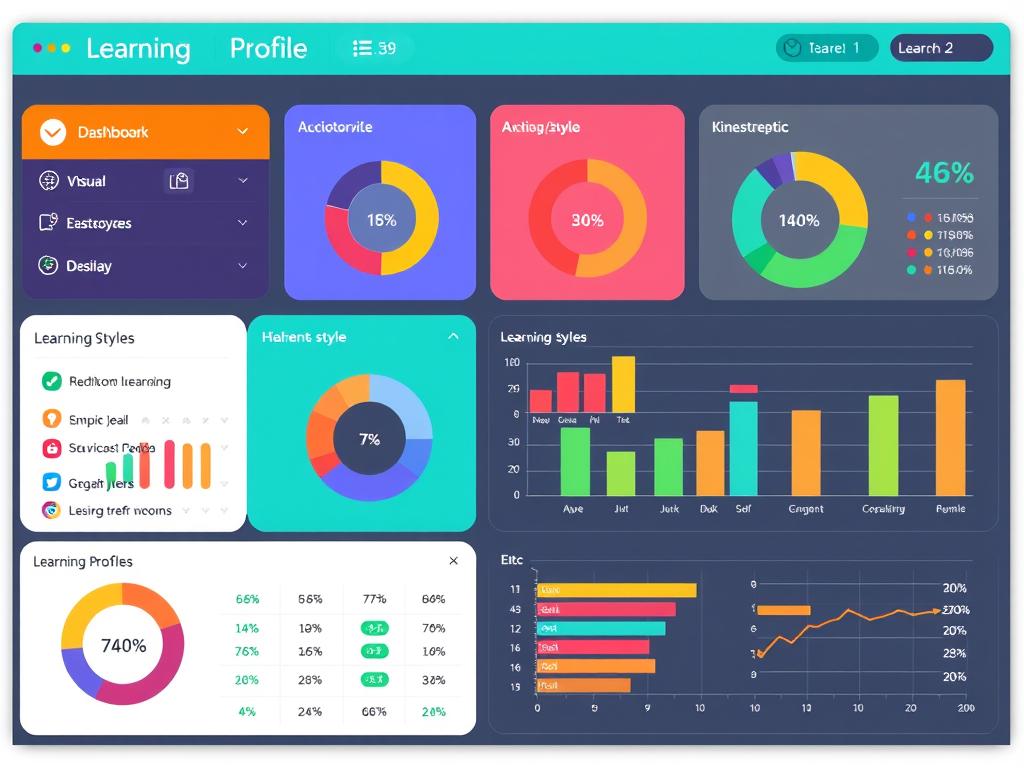
Key Features:
- Student surveys that identify individual learning preferences
- Classroom profile that shows distribution of learning styles
- Suggested activities and approaches for each learning style
- Progress tracking to monitor effectiveness of differentiated strategies
- Parent reports to share insights and support learning at home
By incorporating the Learning Style Analyzer into your planning process, you can ensure that your lessons include activities that appeal to diverse learners with different preferences. This approach helps all students access content in ways that work best for them while also encouraging them to develop flexibility with other learning modalities.
Deepen Your Understanding of Learning Styles
Discover practical strategies for addressing different learning styles in your classroom.
Tool 3: Differentiation Planner for Diverse Learners
Effective differentiation requires thoughtful planning and organization. The Differentiation Planner is a specialized tool that helps educators create tiered lessons and activities that address the varied needs of diverse learners in a single classroom.
This comprehensive planning tool guides you through the process of differentiating content, process, and product based on student readiness, interests, and learning profiles. It provides templates and frameworks that make differentiation manageable, even in classrooms with wide-ranging student needs.
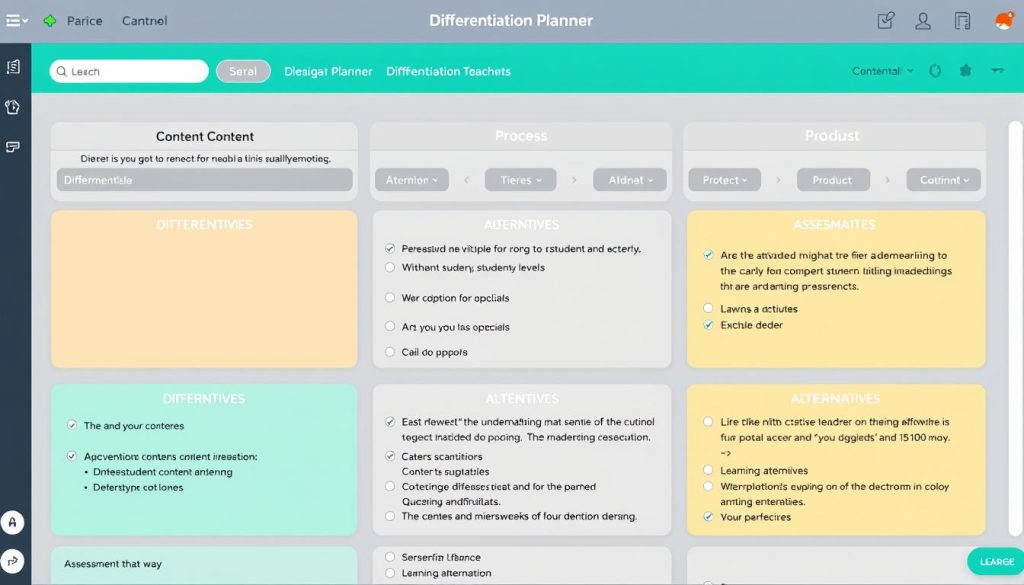
Key Features:
Content Differentiation
- Leveled reading materials
- Vocabulary support options
- Concept scaffolding tools
- Advanced content extensions
Process Differentiation
- Flexible grouping strategies
- Tiered activity templates
- Pacing options for different learners
- Guided vs. independent work choices
Product Differentiation
- Multiple assessment formats
- Choice boards and menus
- Rubrics for different levels
- Alternative demonstration options
Learning Environment
- Classroom arrangement suggestions
- Sensory consideration tools
- Engagement strategy library
- Classroom management supports
The Differentiation Planner helps you move beyond one-size-fits-all instruction to create learning experiences that challenge each student at their appropriate level. This approach is particularly valuable for diverse learners who may be working significantly above or below grade level in different subject areas.
Master the Art of Differentiation
Take your differentiation skills to the next level with our comprehensive professional development course.
Tool 4: Formative Assessment Dashboard for Diverse Learners
Effective teaching for diverse learners requires ongoing assessment to understand what students know and can do. The Formative Assessment Dashboard provides real-time insights into student understanding, allowing you to make immediate adjustments to your instruction based on student needs.
This digital tool helps you create, administer, and analyze quick checks for understanding throughout your lessons. By gathering this data, you can identify which diverse learners need additional support, which are ready for extension activities, and which misconceptions need to be addressed.
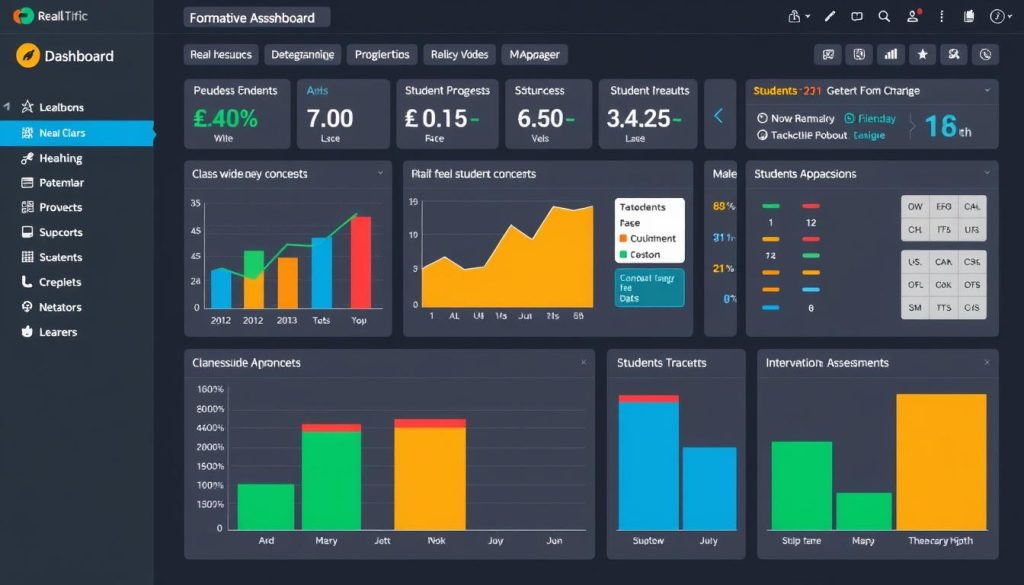
Key Features:
- Quick-create assessment templates for various subjects and grade levels
- Multiple response formats (multiple choice, short answer, drawing, audio recording)
- Real-time data collection and visualization
- Student grouping suggestions based on assessment results
- Recommended interventions and extensions based on performance
The Formative Assessment Dashboard is particularly valuable for working with diverse learners because it helps you identify specific areas where students may be struggling or excelling. This targeted information allows you to provide just-in-time support or challenge, ensuring that all students are appropriately engaged with the content.
How often should I use formative assessments with diverse learners?
Formative assessments are most effective when used frequently throughout instruction—ideally at least once per lesson. For diverse learners, more frequent check-ins may be beneficial to ensure they’re processing information correctly and to catch misconceptions early. The key is to use quick, low-stakes assessments that provide actionable data without disrupting the flow of instruction.
Improve Your Assessment Practices
Learn how to use formative assessment effectively to support diverse learners in your classroom.
Tool 5: Culturally Responsive Teaching Planner for Diverse Learners
Creating inclusive learning environments requires recognizing and valuing the cultural backgrounds of all students. The Culturally Responsive Teaching Planner helps educators incorporate students’ cultural references, experiences, and perspectives into lesson planning and classroom activities.
This specialized planning tool guides you through the process of examining curriculum materials for cultural relevance, identifying opportunities to incorporate diverse perspectives, and creating learning experiences that connect to students’ lived experiences and cultural backgrounds.
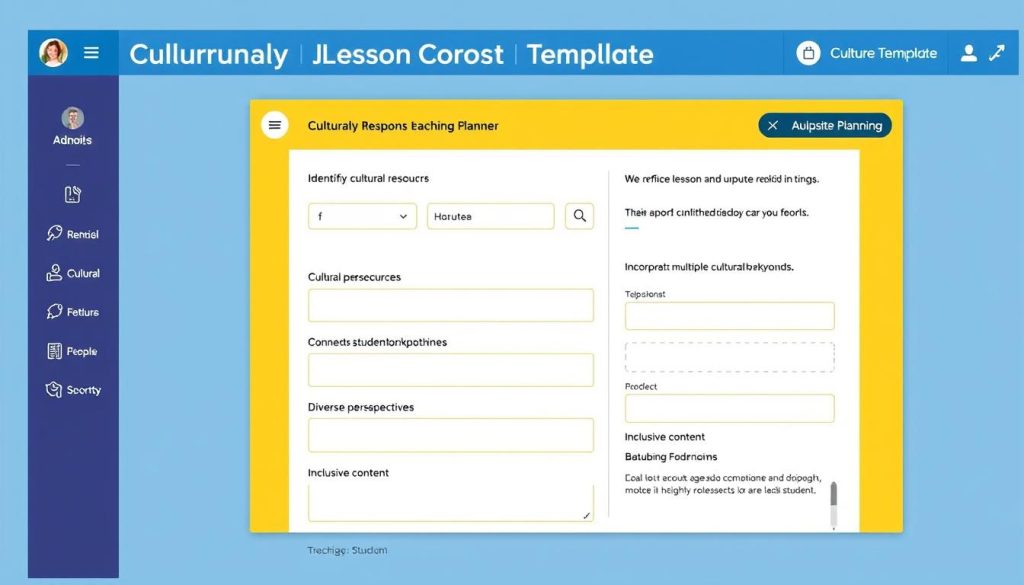
Key Features:
- Cultural relevance checklist for curriculum materials
- Diverse text and resource recommendations
- Strategies for connecting content to students’ cultural backgrounds
- Discussion prompts that encourage multiple perspectives
- Self-reflection tools for examining cultural biases
The Culturally Responsive Teaching Planner is essential for working with diverse learners because it helps create learning environments where all students feel valued and represented. When students see their cultures reflected in the curriculum, they’re more likely to engage deeply with the content and develop positive academic identities.
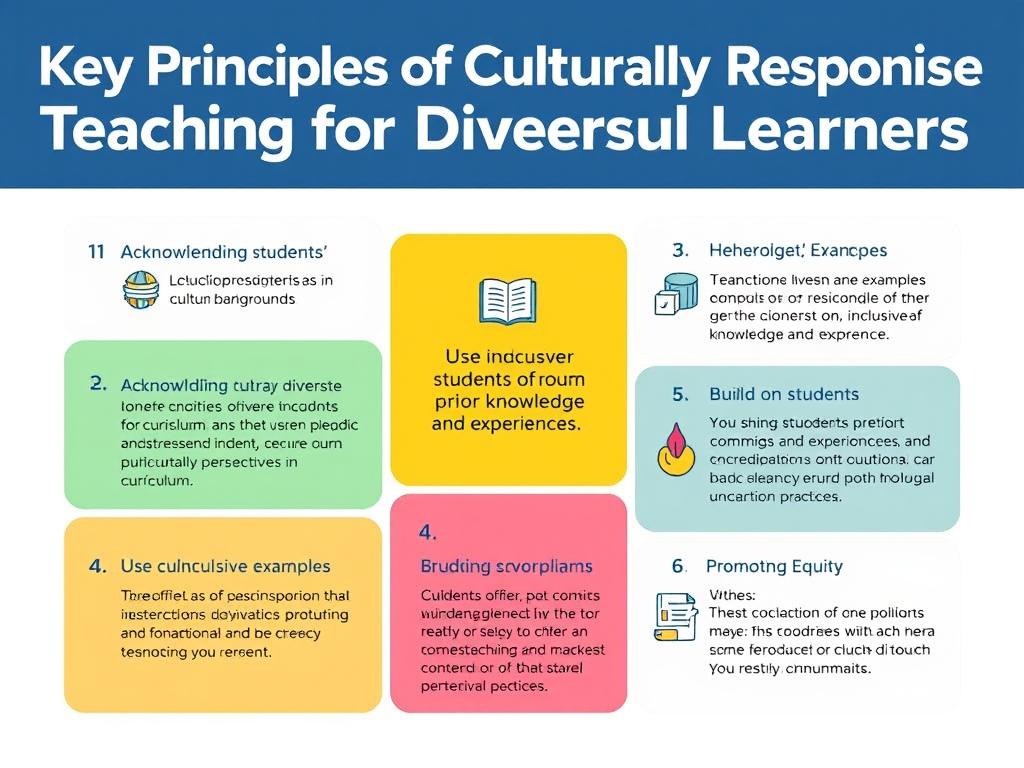
Develop Your Cultural Responsiveness
Enhance your ability to create culturally responsive learning environments for all students.
Implementing These Tools in Your Classroom
Successfully integrating these planning tools for diverse learners requires thoughtful implementation. Here are some practical strategies for getting started:
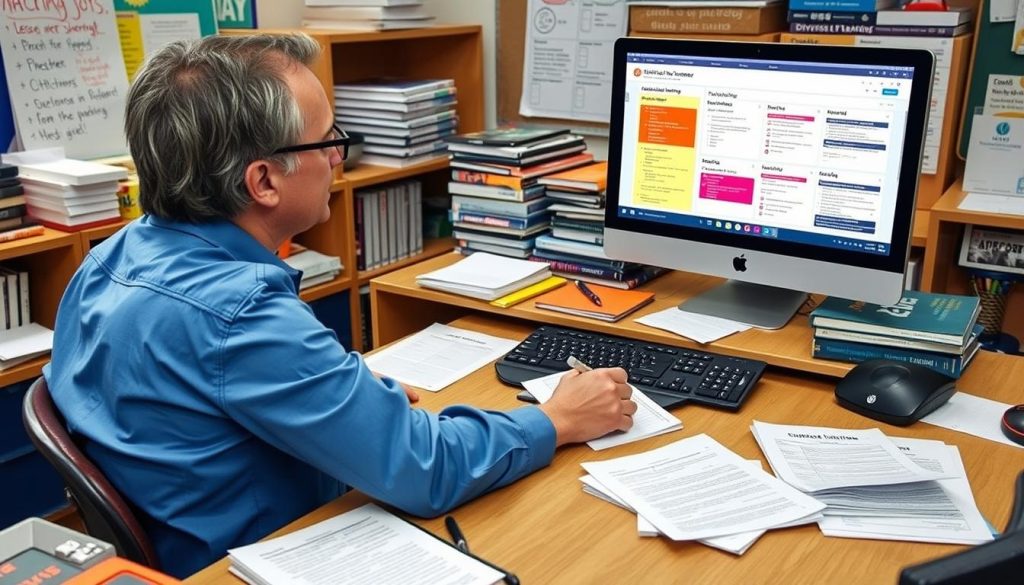
Start Small
Begin by implementing one tool in a single subject area or unit. This allows you to become familiar with the tool’s features and workflow without feeling overwhelmed. As you gain confidence, gradually expand to other subjects and tools.
Collaborate with Colleagues
Partner with other teachers to share ideas, resources, and experiences using these tools. Professional learning communities can provide valuable support and inspiration as you work to meet the needs of diverse learners.
Collect and Use Data
Regularly gather information about how these tools are impacting student learning. Use this data to refine your approach and make informed decisions about which strategies are most effective for your specific group of diverse learners.
Remember that implementing new planning tools is a process that takes time and practice. Be patient with yourself and focus on progress rather than perfection. The goal is to continuously improve your ability to meet the needs of all learners in your classroom.
Pro Tip for Diverse Learners
When first implementing these tools, consider focusing on your students with the greatest needs or those who are struggling the most with current instructional approaches. The strategies you develop for these learners often benefit all students in your classroom.
Case Study: Transforming Instruction for Diverse Learners
To illustrate the impact of these planning tools, consider the experience of Ms. Rodriguez, a 5th-grade teacher at Lincoln Elementary School. Her classroom included students reading from 2nd to 8th grade levels, several English language learners, and students with various learning disabilities and strengths.
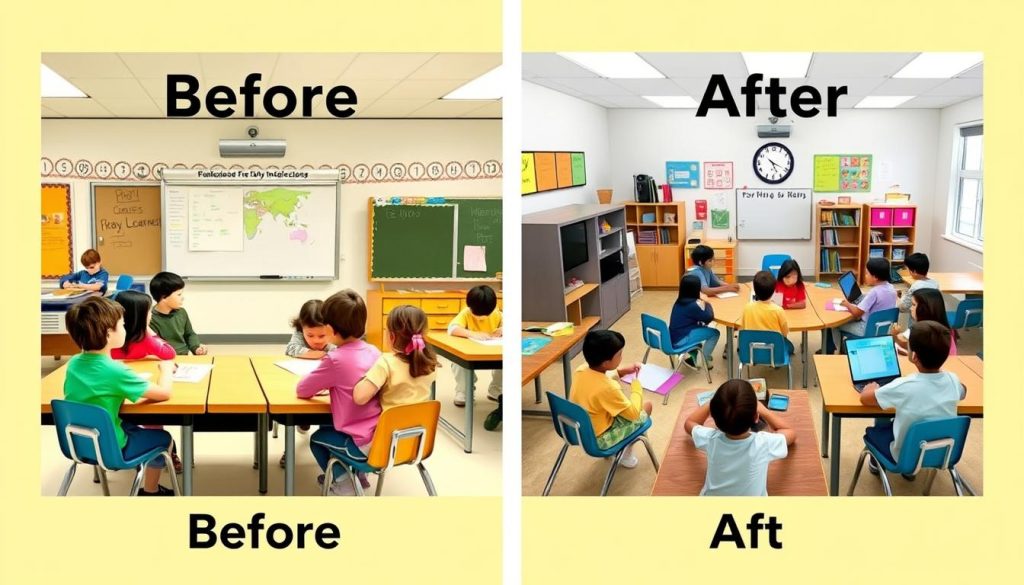
Before Implementing the Tools
- Struggled to meet the wide range of student needs
- Used primarily whole-class instruction
- Had limited insight into individual student progress
- Spent hours creating different versions of materials
- Felt overwhelmed by the complexity of differentiation
After Implementing the Tools
- Created streamlined, targeted lesson plans
- Balanced whole-class, small-group, and individual work
- Used real-time data to form flexible groups
- Efficiently created tiered activities using templates
- Felt confident in meeting diverse student needs
By systematically incorporating these planning tools into her practice, Ms. Rodriguez transformed her classroom into a dynamic learning environment where diverse learners could thrive. Student engagement increased, behavior issues decreased, and academic growth accelerated across all student groups.
“These planning tools changed everything for me. Instead of feeling overwhelmed by the diversity in my classroom, I now have concrete strategies for meeting each student’s needs. My students are more engaged, and I’m seeing growth I never thought possible.”
– Ms. Rodriguez, 5th Grade Teacher
Additional Resources for Supporting Diverse Learners
Beyond the five planning tools discussed in this article, there are many other resources available to help you support diverse learners in your classroom. Here are some valuable options to explore:
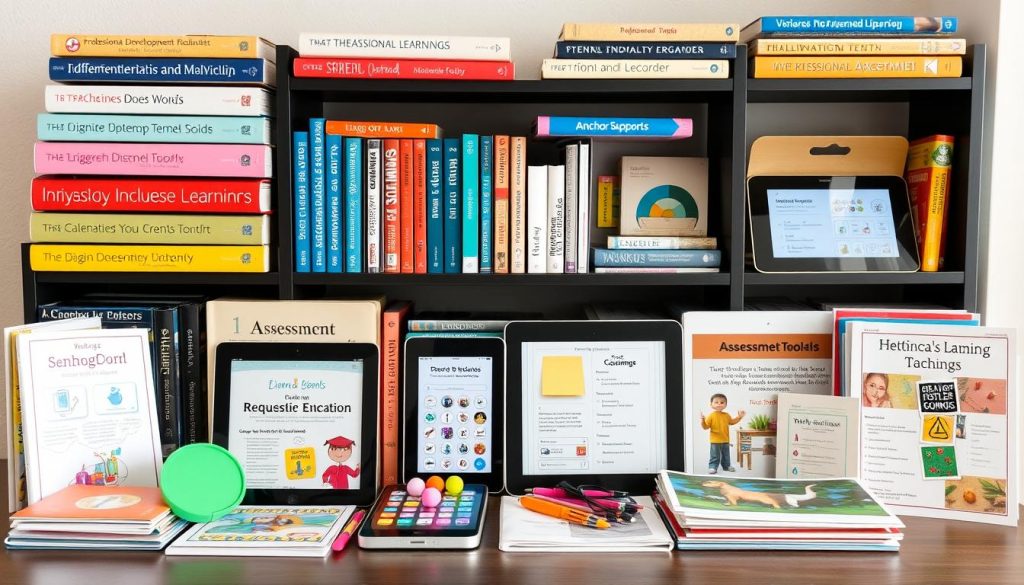
Professional Development
- Differentiation Strategies Course – Comprehensive training on meeting diverse learning needs
- Edutopia’s Differentiated Instruction Planning Guide – Practical strategies for classroom implementation
- School or district professional learning communities focused on inclusive practices
Digital Resources
- Adaptive learning platforms that adjust to student needs
- Text-to-speech and speech-to-text tools for accessibility
- Digital content libraries with materials at multiple reading levels
- Virtual manipulatives for math and science concepts
Print Resources
- Leveled text collections for different reading abilities
- Graphic organizers and visual supports
- Multilingual dictionaries and reference materials
- Task cards and activity menus for differentiated practice
Community Resources
- Cultural organizations that provide authentic materials
- Guest speakers from diverse backgrounds
- Family engagement strategies that honor diverse perspectives
- Community service learning opportunities
By combining these resources with the planning tools discussed earlier, you can create a comprehensive approach to supporting diverse learners in your classroom. Remember that effective differentiation is an ongoing process that evolves as you learn more about your students and their unique needs.
Looking for More Support?
Visit Understood.org for additional strategies and resources specifically designed for teaching students with learning and attention issues. Their evidence-based approaches complement the planning tools discussed in this article.
Conclusion: Empowering All Diverse Learners
Creating effective lesson plans for diverse learners is both challenging and rewarding. The five tools we’ve explored—the UDL Planning Tool, Learning Style Analyzer, Differentiation Planner, Formative Assessment Dashboard, and Culturally Responsive Teaching Planner—provide practical frameworks for meeting the varied needs in today’s classrooms.
By incorporating these specialized planning tools into your practice, you can create learning environments where all students have opportunities to engage with content, demonstrate understanding, and develop their unique strengths. Remember that effective differentiation isn’t about creating separate lessons for each student, but rather about designing flexible learning experiences that provide multiple pathways to success.
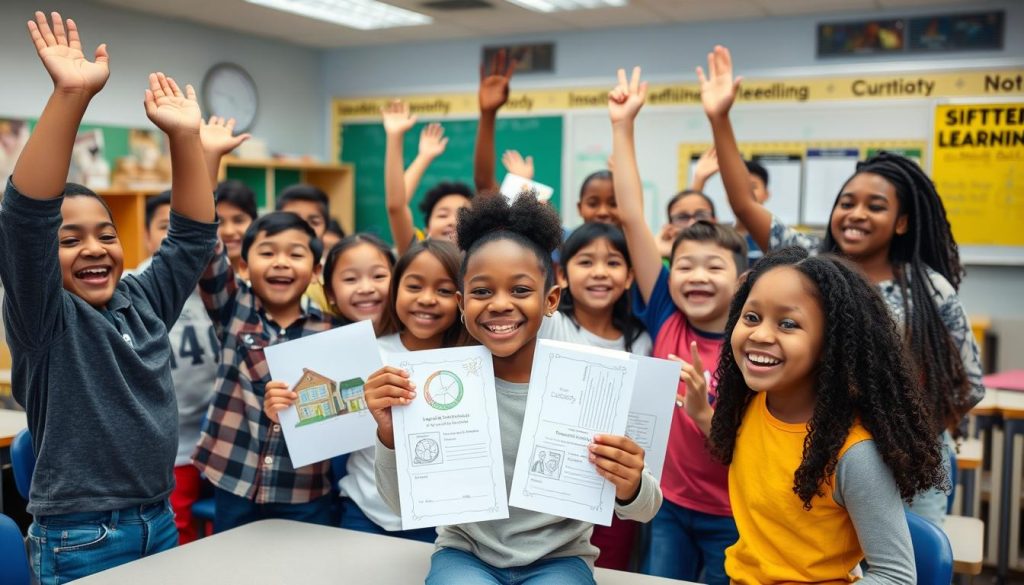
As you implement these tools in your classroom, remember that supporting diverse learners is an ongoing journey. Be patient with yourself, celebrate small successes, and continue to refine your approach based on student needs and responses. Your commitment to meeting the needs of all learners makes a profound difference in your students’ educational experiences and future opportunities.
Take Your Teaching to the Next Level
Ready to transform your approach to teaching diverse learners? Our comprehensive differentiation course provides the strategies, tools, and support you need to create truly inclusive learning environments.

